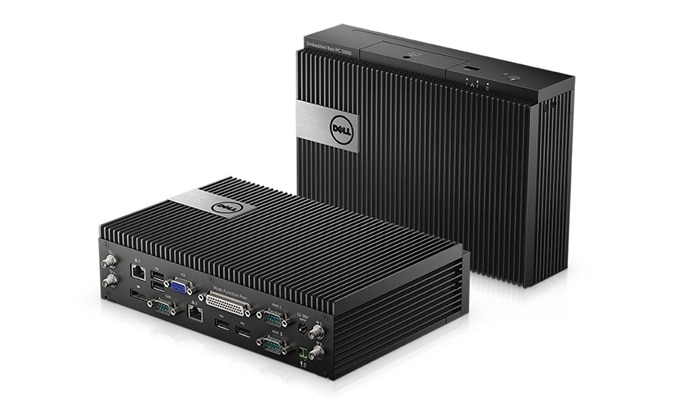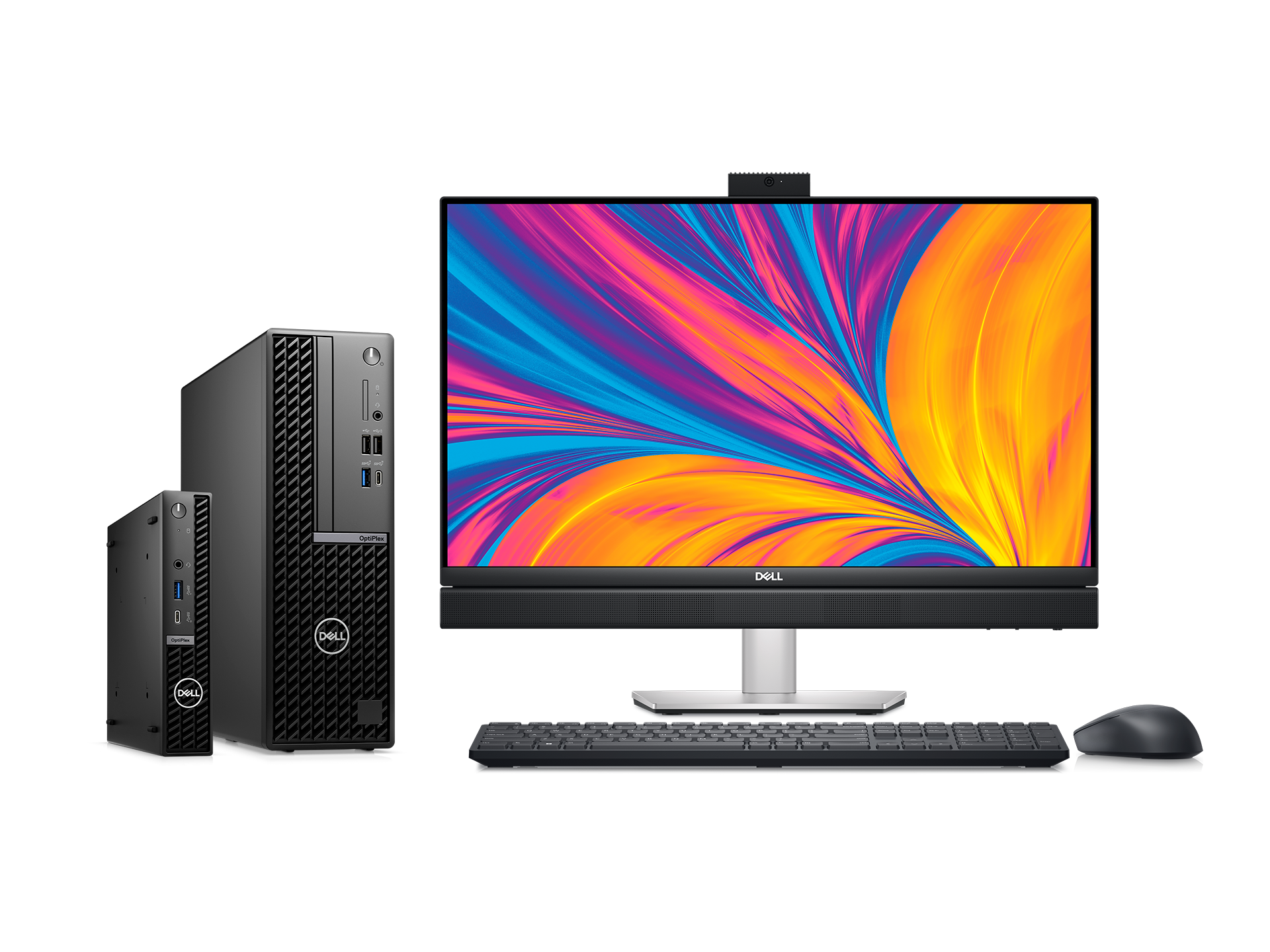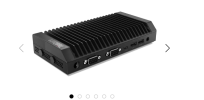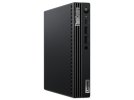britechguy
Well-Known Member
- Reaction score
- 5,075
- Location
- Staunton, VA
For my most recent client where we had the custom builds done, the case used was this one from: Rosewill PRISM S500 ATX Mid Tower
One of the selling points for this particular case in the setting it will be used is the triple in-flow fan arrangement on the bottom of the case that has a filter frame directly beneath it, but with a filter mesh that's really only intended to deal with dust. Two of these machines will be near a machine shop floor and there have been times in the past (but less so at the moment) where carbon dust was flying about in large quantity and having the expected end result of screwing up electronics not protected from it. The filter frame is definitely set up to allow for additional filtering medium to be inserted, and for those two machines I'm thinking that will be a very good idea.
Just soliciting experiences with air filtering media of the sort that gets used at the air intake and anyone's preferences as far as effectiveness goes. In this case, disposable rather than reusable is what's wanted.
We've looked at some roll material we can cut to custom fit the frame from McMaster-Carr, but it's a "best guess" kind of thing.
One of the selling points for this particular case in the setting it will be used is the triple in-flow fan arrangement on the bottom of the case that has a filter frame directly beneath it, but with a filter mesh that's really only intended to deal with dust. Two of these machines will be near a machine shop floor and there have been times in the past (but less so at the moment) where carbon dust was flying about in large quantity and having the expected end result of screwing up electronics not protected from it. The filter frame is definitely set up to allow for additional filtering medium to be inserted, and for those two machines I'm thinking that will be a very good idea.
Just soliciting experiences with air filtering media of the sort that gets used at the air intake and anyone's preferences as far as effectiveness goes. In this case, disposable rather than reusable is what's wanted.
We've looked at some roll material we can cut to custom fit the frame from McMaster-Carr, but it's a "best guess" kind of thing.






